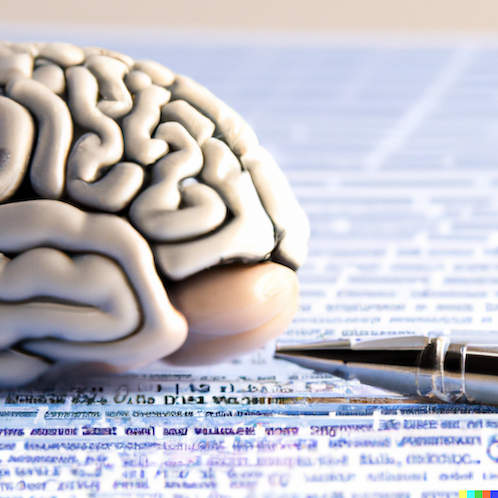Applications of deep learning in natural language processing (NLP) have revolutionized the way machines process, analyze, and understand human language. Deep learning models are capable of processing vast amounts of data and learning complex patterns that would be difficult to identify using traditional machine learning techniques. This blog post explores the various applications of deep learning in natural language processing and their impact on various industries.
- Text Classification and Sentiment Analysis
Deep learning models such as Convolutional Neural Networks (CNNs) and Recurrent Neural Networks (RNNs) have been used to classify text and perform sentiment analysis on large datasets. Text classification involves automatically categorizing text into predefined categories based on its content. Sentiment analysis, on the other hand, involves determining the emotional tone of a piece of text, whether it’s positive, negative, or neutral. Applications of text classification and sentiment analysis include customer reviews, social media monitoring, and spam filtering.
- Machine Translation
Deep learning has also been used to build machine translation models that can translate text from one language to another. One popular approach to machine translation is the use of Sequence-to-Sequence (Seq2Seq) models, which use RNNs to encode the input sentence and generate the output sentence. The use of deep learning in machine translation has led to significant improvements in translation quality and has made it easier for people to communicate across languages.
- Speech Recognition
Speech recognition is the process of converting spoken language into text. Deep learning models such as Long Short-Term Memory (LSTM) networks have been used to build speech recognition systems that can accurately transcribe spoken language. These models have been trained on large datasets of speech and have learned to recognize patterns in speech that correspond to different words and phrases.
- Chatbots and Virtual Assistants
Chatbots and virtual assistants are becoming increasingly popular in industries such as customer service, healthcare, and finance. These applications use natural language processing to understand and respond to user queries. Deep learning models such as the Transformer architecture have been used to build chatbots that can understand and respond to complex queries. These models can be trained on large datasets of conversational data and can learn to generate human-like responses.
- Named Entity Recognition
Named Entity Recognition (NER) is the process of identifying and classifying named entities in text, such as people, organizations, and locations. Deep learning models such as Bidirectional Encoder Representations from Transformers (BERT) have been used to build NER systems that can accurately identify and classify named entities in large datasets.
In conclusion, deep learning has had a significant impact on natural language processing and has led to improvements in various industries. Applications of deep learning in natural language processing include text classification, sentiment analysis, machine translation, speech recognition, chatbots and virtual assistants, and named entity recognition. As deep learning models continue to improve, we can expect to see even more innovative applications of natural language processing in the future.





